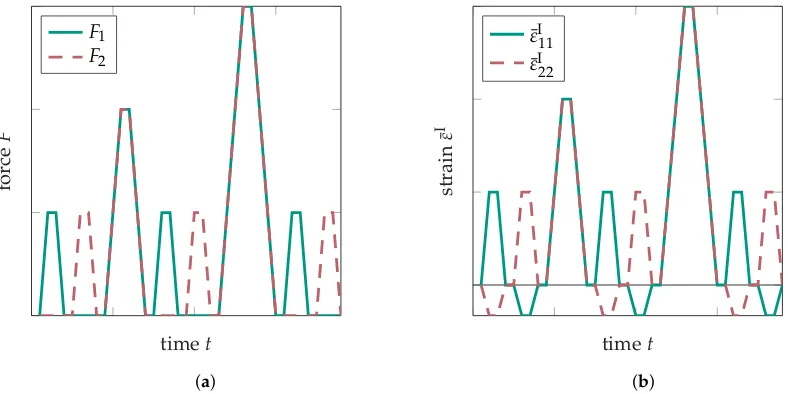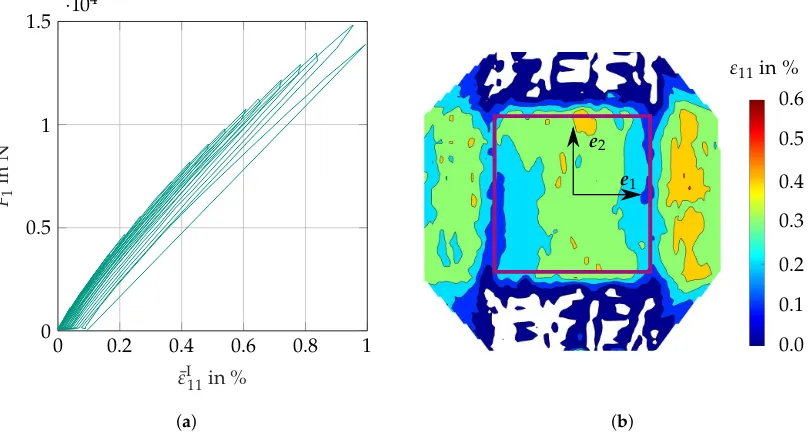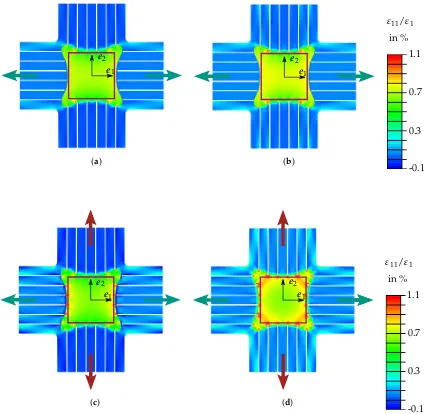Cruciform Specimen Design for Biaxial Tensile Testing of SMC
Full text
Figure
![Table 1. Composition of the unsaturated polyester polyurethane hybrid (UPPH) resin [18].](https://thumb-us.123doks.com/thumbv2/123dok_us/9710073.1498603/3.595.168.430.221.319/table-composition-unsaturated-polyester-polyurethane-hybrid-upph-resin.webp)



Related documents
Stigma originated in Classical Greece as a social mechanism marking specific individuals as blemished, ritually polluted and to be avoided, especially in public places and designed
The IEC fatigue analysis process can be paraphrased as follows: “Fa- tigue damage shall consider effects of both cyclic range and mean strain, and all partial safety factors
While fuzzy decision maker represents the kernel of a fuzzy logic controller, it has capability of simulating human decisionmaking based on fuzzy concepts and
After the visualization of the global data, the raster layers of the satellite-derived global data (1999-2011) were clipped to the Saudi Arabian boundary and the cities
In summary, we have presented an infant with jaundice complicating plorie stenosis. The jaundice reflected a marked increase in indirect- reacting bilirubin in the serum. However,
The results of this study showed that in 2010, in France, about 1 to 10 patients managed for primary lung cancer in the respiratory department of a general hospital died within 1
Bilateral primary sensory cortices (green arrows), the center of the rostral portion of the postcentral gyrus (blue arrows), and Brodmann ’ s area 46 of the right hemisphere
A two-day training course for novice clubfoot providers (Ponseti method) and two-day training course for advanced clubfoot providers were developed.. Decisions were made using a





